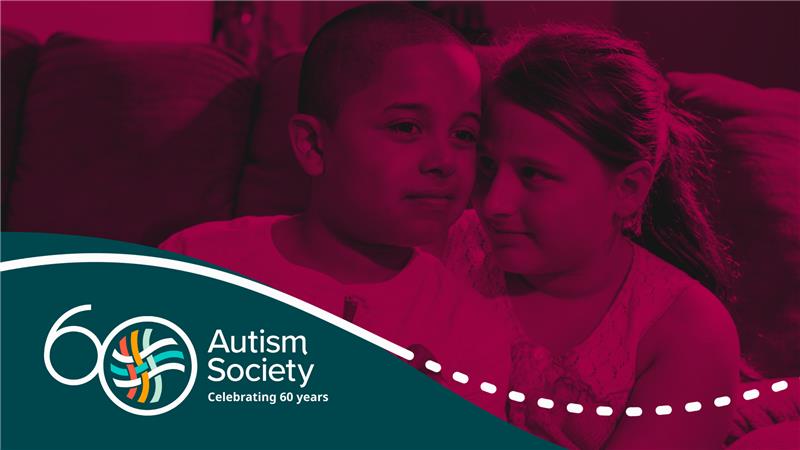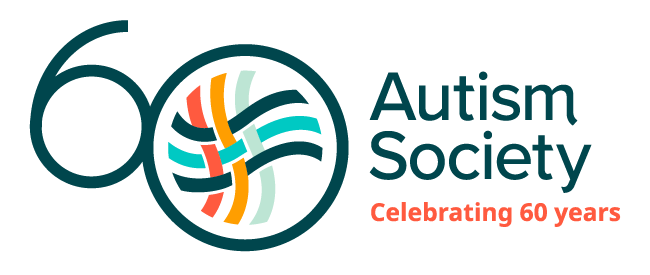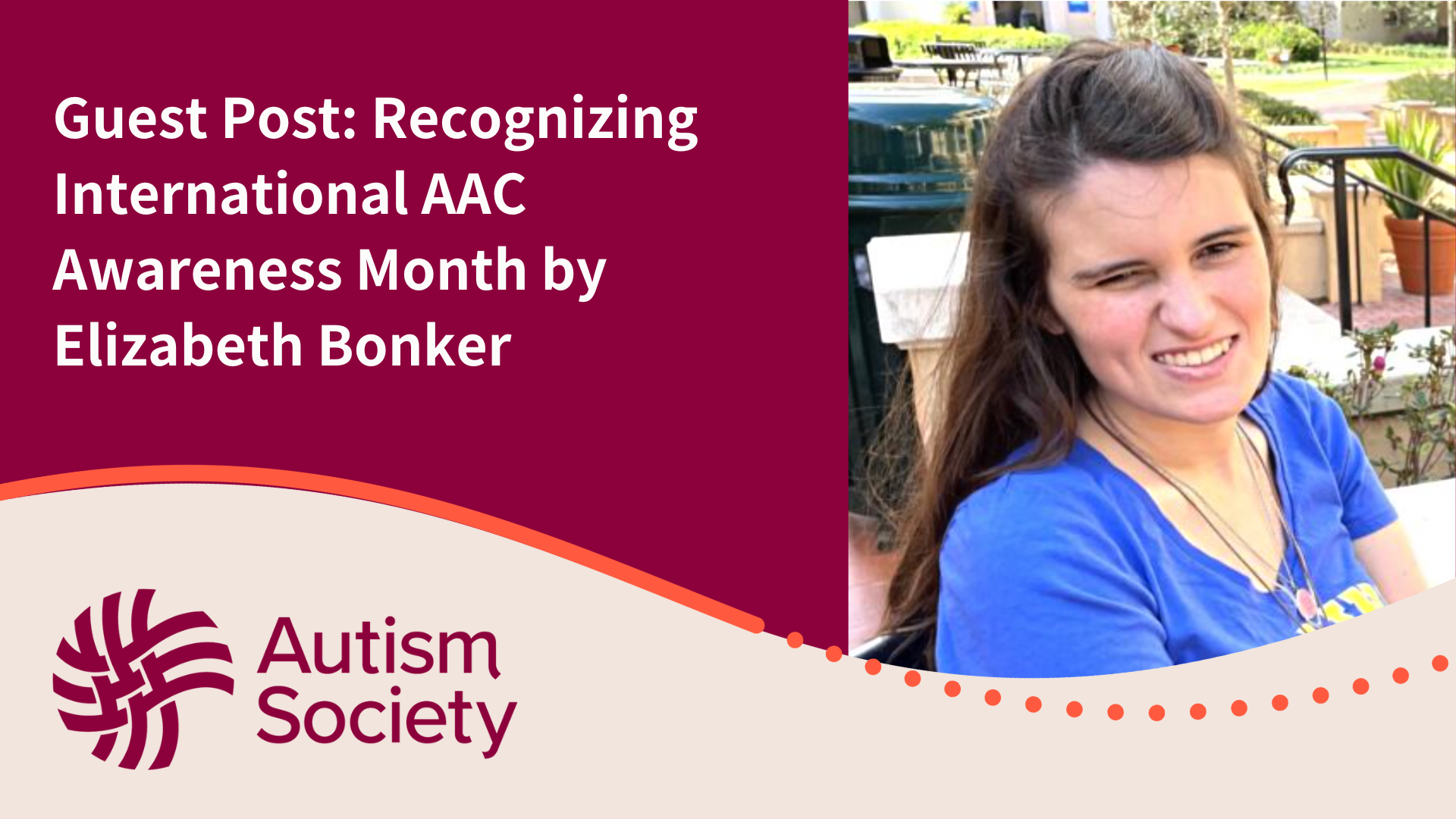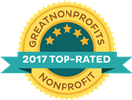
*Please note that this statement has been updated on 4/15/25 at 5:10pm ET to include comments regarding the HHS press release that was released after the initial publishing time.
April 15, 2025, Rockville, MD – The Centers for Disease Control and Prevention (CDC) has released its latest findings on Autism prevalence through the Autism and Developmental Disabilities Monitoring (ADDM) Network, revealing that an estimated 1in 31 eight-year-old children in the United States are identified with Autism Spectrum Disorder (ASD).
“As the nation’s oldest grassroots Autism organization, the Autism Society of America remains committed to ensuring that prevalence data drives equity and access — not fear, misinformation, or political rhetoric,” stated Christopher Banks, President and CEO of the Autism Society.
Key Findings from the CDC Report:
- Overall prevalence among 8-year-olds: 1 in 31 children
- Range by Site: From 1 in 103 (Laredo, TX) to 1 in 19 (California)
- Overall prevalence among 4-year-olds: 1 in 34 children
- Range by Site: From 1 in 78 (Indiana) to 1 in 17 (California)
- By sex: 1 in 20 boys, 1 in 70 girls
- By race/ethnicity: Highest rates among Asian/Pacific Islander (1 in 26), American Indian/Alaska Native (1 in 27), and Black children (1 in 27), compared to White children (1 in 36)
- Median age of diagnosis: 47 months (just under 4 years old); only half of children diagnosed by age 3
- Co-Occurring Intellectual Disability: 39.6% of children, based on available records
Why is the Autism Prevalence Rate Increasing?
The rise in prevalence—from 1 in 36 in 2020 to 1 in 31 in 2022—may reflect several factors including greater awareness, improved screening and diagnostics – especially in communities that were previously underrepresented through advocacy efforts to better support the Autism community.
Increased awareness of Autism plays a pivotal role in educating individuals, parents, educators and healthcare providers to better identify Autistic traits and characteristics. This fact coupled with expanded diagnostic criteria over the past decade, leads to fewer misdiagnoses, and a broader interpretation of what falls within the spectrum.
The Autism and greater disability communities have led significant efforts to advocate for supports, services and the civil rights of people with Autism; these efforts resulted in early childhood programs, developmental monitoring, and stronger state and federal policies that protect disability rights. Subsequently, this means that more people are accessing screening, diagnostics, and services in communities that were typically underrepresented.
“It is likely you know or love someone with Autism, and we need credible, science-based research to better understand Autism, its contributing factors, and the diversity of needs across the spectrum,” shared Banks. “Further exploring data like this report, requires significant funding, expert-led, quality, transparent research methodology, that follows peer-reviewed due process.”
What the Data Tells Us
This rise in prevalence does not signal an “epidemic” as narratives are claiming — it reflects diagnostic progress, and an urgent need for policy decisions rooted in science and the immediate needs of the Autism community.
Importantly, this data challenges outdated myths and timely narratives:
- Autism affects people across all backgrounds, regardless of race, ethnicity, income, or geography, reinforcing that parenting styles do not cause Autism.
- Access to screening and care—not necessarily demographics—is a critical factor in diagnosis.
- What does matter is whether families have access to developmental screenings, affordable care, and providers who listen and follow through.
Early screening is critical, because early intervention is strongly associated with improved developmental, behavioral, and educational outcomes. The median age of diagnosis remains 47 months, or about 4 years of age, —well past those critical early developmental years. This is why the Autism Society encourages three screenings before age three. This gap reflects a continuing need for universal screening, better pediatrician training, and systems that connect families to services when concerns first arise, not just at formal diagnosis.
Insurance Coverage and Access to Care
Insurance coverage, particularly Medicaid eligibility, plays a major role in access. For example, Pennsylvania, which had the second-highest prevalence among 8-year-olds, offers Medicaid coverage to all children with physical, developmental, or mental health disabilities—regardless of parental income. That policy removes a key barrier and allows more families to receive timely evaluations and services. Without insurance coverage, comprehensive assessments typically range from $1,500 to $3,000, costs that are out of reach for many people.
These prevalence numbers reflect how well systems are working in certain areas over others. The more inclusive and accessible the system, the more children that can be identified and supported as soon as possible.
Addressing Racial Disparities and Systemic Barriers
While the data shows encouraging signs of progress in identification across demographic groups, significant disparities remain. Black, Hispanic, and Indigenous children are more likely to be diagnosed later or only when additional intellectual disabilities are present. This points to systemic barriers in timely screening, access to culturally responsive care, and clinician bias. This data may indicate that systemic barriers were previously contributing to low reporting outcomes, and as indications of progress, these groups are now being more accurately reflected.
Many families—especially those in low-income, rural, and racially or culturally diverse communities—still face delays in diagnosis, limited provider availability, and long waitlists for evaluations. Children of color are more likely to be diagnosed only when co-occurring intellectual disabilities are present, indicating missed opportunities for earlier identification and interventions.
There are systemic disparities in access to early intervention, especially for families without public or comprehensive insurance, or those navigating complex eligibility criteria. These disparities perpetuate cycles of inequity, where some children receive the support they need while others continue to be left behind.
Additional Concerns and Considerations
The ADDM Network report draws data from just 16 monitoring sites across the U.S., not the entire nation. While these sites offer valuable insights, they are not fully representative—particularly of communities lacking robust developmental tracking infrastructure. National responses must consider this limited scope when shaping policy and public perception.
Despite signs of progress, the report also underscores persistent and troubling gaps that demand greater capital investment and a commitment to science-based research and reporting. While there is no known singular cause of Autism, experts agree that genetics, biology, and environmental factors play a role. The Autism Society of America, alongside leading disability organizations and experts in the scientific and medical communities, agree: more expansive, high-quality research is essential to deepen our understanding of Autism—research that must be grounded in science and free from bias.
Addressing the HHS Response to the Autism Prevalence Rate Increase
In a recent press release from HHS, makes false claims that Autism is “preventable” among other statements that contradict the CDC’s report. Some resources that directly speak against this are:
-
HHS: “There is not just one cause of ASD. There are many different factors that have been identified that may make a child more likely to have ASD, including environmental, biologic, and genetic factors.”
- CDC: The CDC attributes that the primary increase in Autism prevalence is related to improved recognition and diagnosis, rather than an actual increase in the occurrence of ASD, however emphasizes that more comprehensive research is needed. The agency has consistently stated that there is no scientific evidence linking vaccines to Autism, and FAQs directly contradict Administration’s statements.
-
Mayo Clinic: “There’s no way to prevent autism spectrum disorder, but there are treatment options. Early diagnosis and intervention is most helpful and can improve behavior, skills and language development. However, intervention is helpful at any age.”
Claiming that Autism is “preventable” is not science based, and places unnecessary blame on people, parents and families. Autism is not a chronic disease, nor is it a childhood disease — it is a lifelong developmental condition; it is not an epidemic, nor should it be compared to the Covid-19 pandemic, and using language like that perpetuates falsehoods, stigma and stereotypes. The prevalence rates tell us that there is progress when it relates to improved screening and diagnostics, expansion of definition of Autism, and greater awareness, and it emphasizes the need for more robust, comprehensive research and data rooted in credible methodologies.
Our Commitment to the Autism Community
The Autism Society continues to lead in providing resources, advocacy, and education that ensure Autistic individuals are not only identified early—but connected to the support they need throughout their lives.
The Autism Society urges public leaders to view this report as a call to action—investing in early, equitable, and culturally responsive care for all families, regardless of zip code, income, or background.
Every data point in this report represents a person — a child, family, and community — that deserves respect, opportunity, and connection. As national conversations around Autism evolve, the Autism Society urges the media and public leaders, healthcare providers, and media to speak with accuracy, inclusivity, and dignity.
For media inquiries, contact: asa@zozimus.com
About the Autism Society
The Autism Society’s mission is to create connections, empowering everyone in the Autism community with the resources needed to live fully. As the nation’s oldest leading grassroots Autism organization, the Autism Society and its 70+ affiliates serve over half a million members of the Autism community each year. It envisions a world where everyone in the Autism community is connected to the support they need, when they need it—including education, advocacy efforts, community programming, and supports and services throughout the lifespan. For more information, visit to AutismSociety.org, Facebook, Instagram, or LinkedIn.
###
Share:






